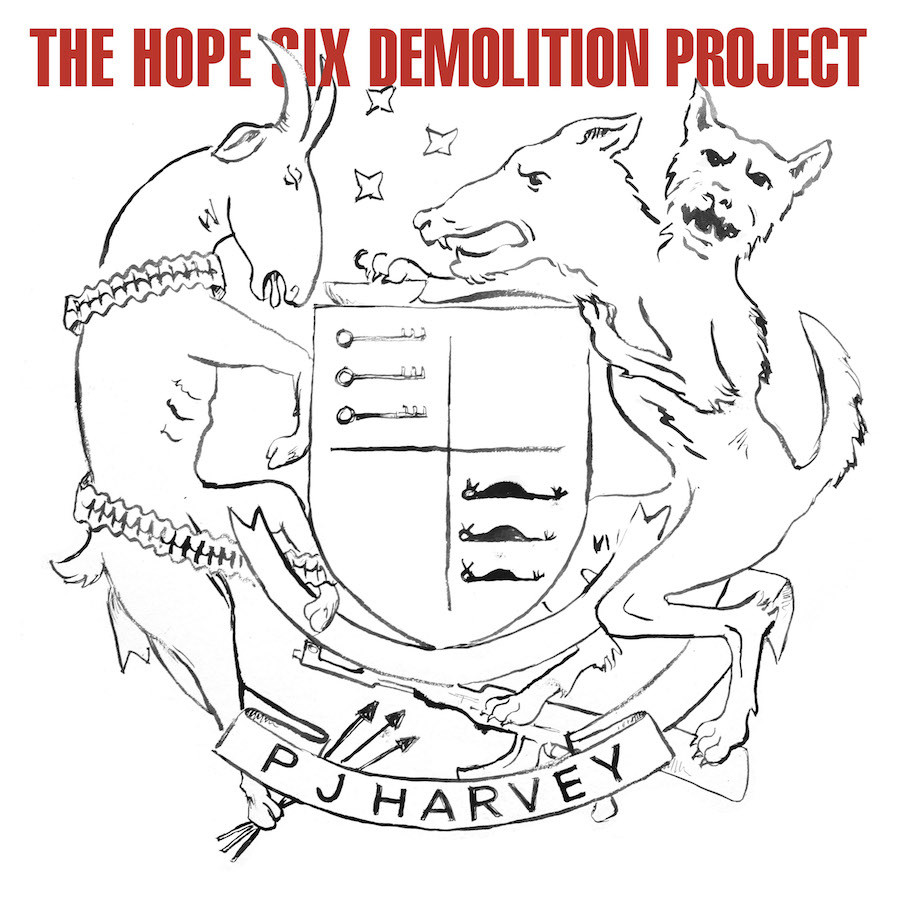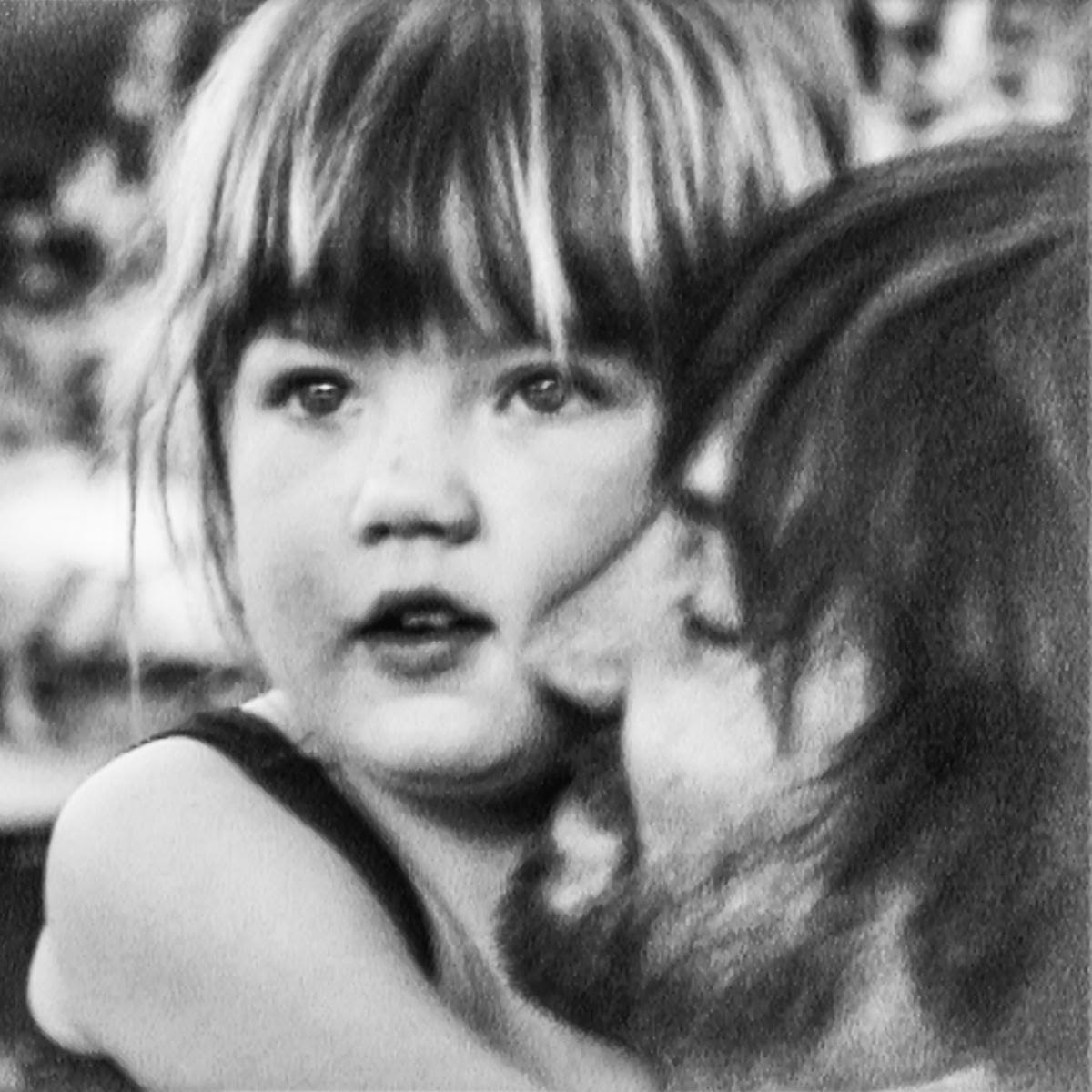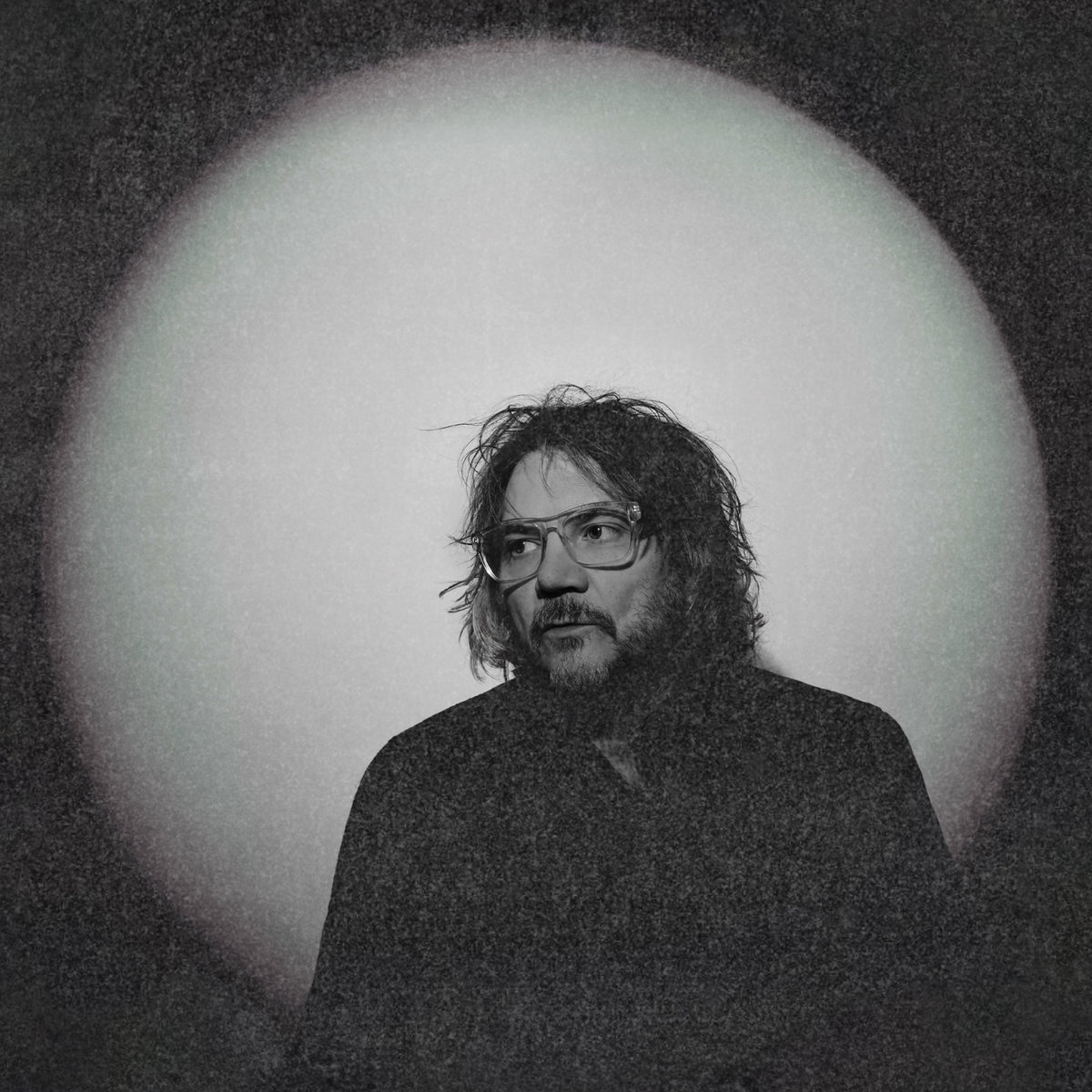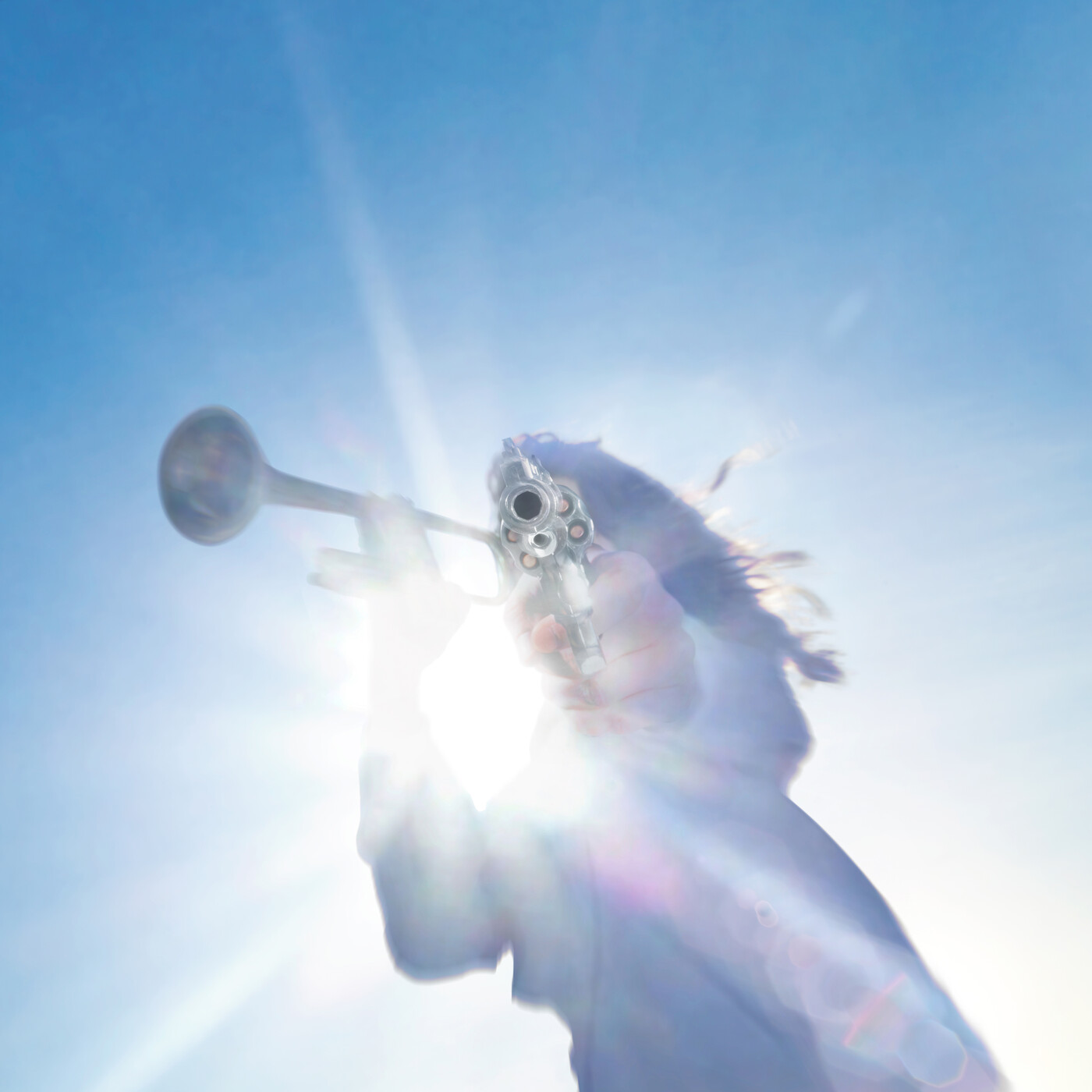When Polly Jean Harvey came up, she was singing about matters of personal apocalypse, about anger and self-doubt and vengeance and love and righteousness. Her voice, that obliterating wail, existed completely within that apocalypse. Even when the music turned gauzy and atmospheric, as on 1995's shattering To Bring You My Love, that voice still felt like an exposed nerve. It made a certain kind of sense, then, when Harvey turned her eye on the actual apocalypse five years ago. Harvey's 2011 album Let England Shake was consumed with visions of man's inhumanity to man, and more particularly with the first World War, the global conflict that threw millions into the most intolerable, hellish conditions that humans have faced in the history of our species. Harvey sounded like she was in that, too. She sang from the perspective of soldiers watching each other fall "like lumps of meat," and that fear and anguish came through in her voice. It makes sense, again, that she's throwing herself into the global present on The Hope Six Demolition Project, her new album. It's a continuation, of sorts, from Let England Shake -- a clear message that people everywhere are living in fucked up circumstances, that these apocalyptic conditions persist around the world. But for once, she can't translate whatever feelings she's channeling. It's the flattest, most distant album Harvey has ever released -- the first where her voice exists at a complete remove to what it's describing.
The Hope Six Demolition Project opens with "The Community Of Hope," which sounds, at first listen, like a scorching indictment of the sort of systemic racism and income inequality that could lead a neighborhood like Washington, DC's Ward 7 into total ruin. But if you listen to the song after reading Washington Post reporter Paul Schwartzman's story about giving Harvey a driving tour through the neighborhood, something troubling emerges. For one thing, at least part of the time, Harvey is just singing lines -- including the cathartic "they're gonna build a Wal-Mart here" coda -- that she heard Schwartzman say. (He should honestly get a co-writer credit.) She sat back, took notes, asked a few questions, and then wrote a song about it. There's no evidence that she ever got out of the car or talked to anyone who lived in the neighborhood. And she never sings about how, say, the rampant gentrification in DC is pushing so many of its poor black residents into southern Maryland, or how they're not, finally, building a Wal-Mart there, how that might really be a worse thing for the community.
It's poverty tourism. That's all it is. Literal poverty tourism. It's: "Wow, this place looks terrible. I think I'll write a blues-rock song about it." Harvey never considers what it would be like to live in Ward 7 in the same way that she considered what it was like to live in the trenches in World War I. Instead, she offers stuff like this: "And the school just looks like a shithole / Does that look like a nice place?" We all chuckled when the people running for city council in Ward 7 got pissy about the song. But after thinking about it for a minute, why wouldn't they get mad? She's not actually considering the humanity of the people who live there. It's just another image of blight that looks right in her "global suffering" scrapbook.
Harvey wrote Hope Six after visiting DC, Afghanistan, and Kosovo with Seamus Murphy, the wartime photographer whose influence was also all over Let England Shake. And at times, her writing on the album can feel like a more poetic version of still photography -- that is, a visual, image-based account of what she sees around her. And those images can be powerful, affecting things. On "The Ministry Of Defense": "Kids do the same thing everywhere / They've sprayed graffiti in Arabic / And balanced sticks in human shit." And on a word-by-word basis, she's twice the writer I'll ever be. Here's how she describes watching a garbage collector emptying a trash can on DC's National Mall: "A doorway opens up to the underworld." But the most invested she ever sounds is on "Dollar, Dollar," the album's final track, where she's singing about seeing a panhandling child run up to her car window: "Three lines of traffic pass / We're trapped inside our car / His voice says, 'Dollar, dollar.'" It's a beautiful song, wracked and intense and painful. But once again, she never gets out of the car.
Look, I'm not getting any joy out of writing this. Harvey has been one of my favorite artists since I was maybe 12, when I dug Dry out of a pile of new CDs at my friend's dad's house after hearing "Sheela Na Gig" on the radio. Twenty-one years ago, I watched her sing in a crumbling football stadium in Washington, DC, the same city she sings about so disparagingly here. This was a radio-station alt-rock festival; she played after Primus and before Soul Asylum, and she elevated an obligatory promotional tour stop into something that's still seared into my brain decades later. I haven't loved all of her records, but I've, at the very least, admired them. I don't admire Hope Six. I don't really get what the fuck she's trying to do here. Everything I've read about Hope Six talks about Harvey as an activist artist. But it isn't activism to look around you and say, "Wow, this sucks." If anything, it's defeatism.
As a sort of artistic experiment, Harvey recorded Hope Six as a sort of living art installation at London's Somerset House. People could just come and watch her, and maybe that's why it sounds so muddy and distracted. She's got her regular collaborators Flood and John Parish producing, but the album only rarely finds the sweep that's there in so many of Harvey's past records. (Maybe if the album did have that musical majesty, I wouldn't be so focused on the lyrics and what they don't do.) Harvey's voice is still a monster of an instrument, and she still does blues-rock grind better than almost anyone on earth. Her cast of collaborators, including the former Bad Seed Mick Harvey and the frequent Josh Homme collaborator Alain Johannes, are great for the sort of grimy churn that Harvey must've been looking for here. There are some powerful bursts of free-jazz saxophone squawking, some of them from Harvey herself. And a few times, as on "Dollar, Dollar" or "River Anacostia," she leaves behind the guttural grind and goes instead for the sort of gothy expansiveness she brought to an album like Is This Desire?. Musically, it's a fairly impressive album, though it doesn't have the sort of heart-stoppingly powerful moments that she used to deliver so often.
But I keep coming back to those lyrics. Those lyrics fuck everything up. On "Medicinals," she's roaring over a guttural garage-rock stomp, and she's musing on DC, on the way the city must've looked hundreds of years ago, before European people came along and turned it into what it is now. She imagines the sumac and witch hazel that once grew there. And then she imagines those herbs singing to her, saying that they're still there, that they're always there. It's a powerful little vision, one that exists entirely within her head. But then she turns her attention toward one of the people sitting near her, and this is what we get: "Do you see that woman sitting in the wheelchair / With her Redskins cap on backwards and her plastic bags swinging? / From inside a paper wrapper she sips from a bottle / A new painkiller for the native people." And it's like: Right, sure, Ms. Harvey, there she is. Now what are you going to do for her? And how's she going to feel if she ever hears this song?
The Hope Six Demolition Project is out 4/15 on Vagrant Records.
[videoembed size="full_width" alignment="center"][/videoembed]
[videoembed size="full_width" alignment="center"][/videoembed]






